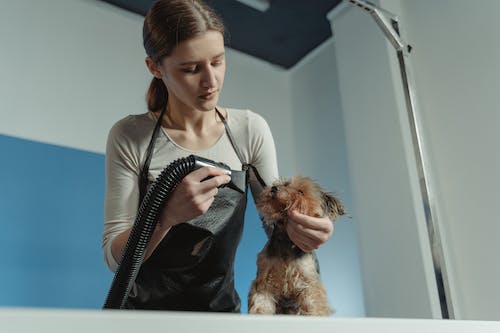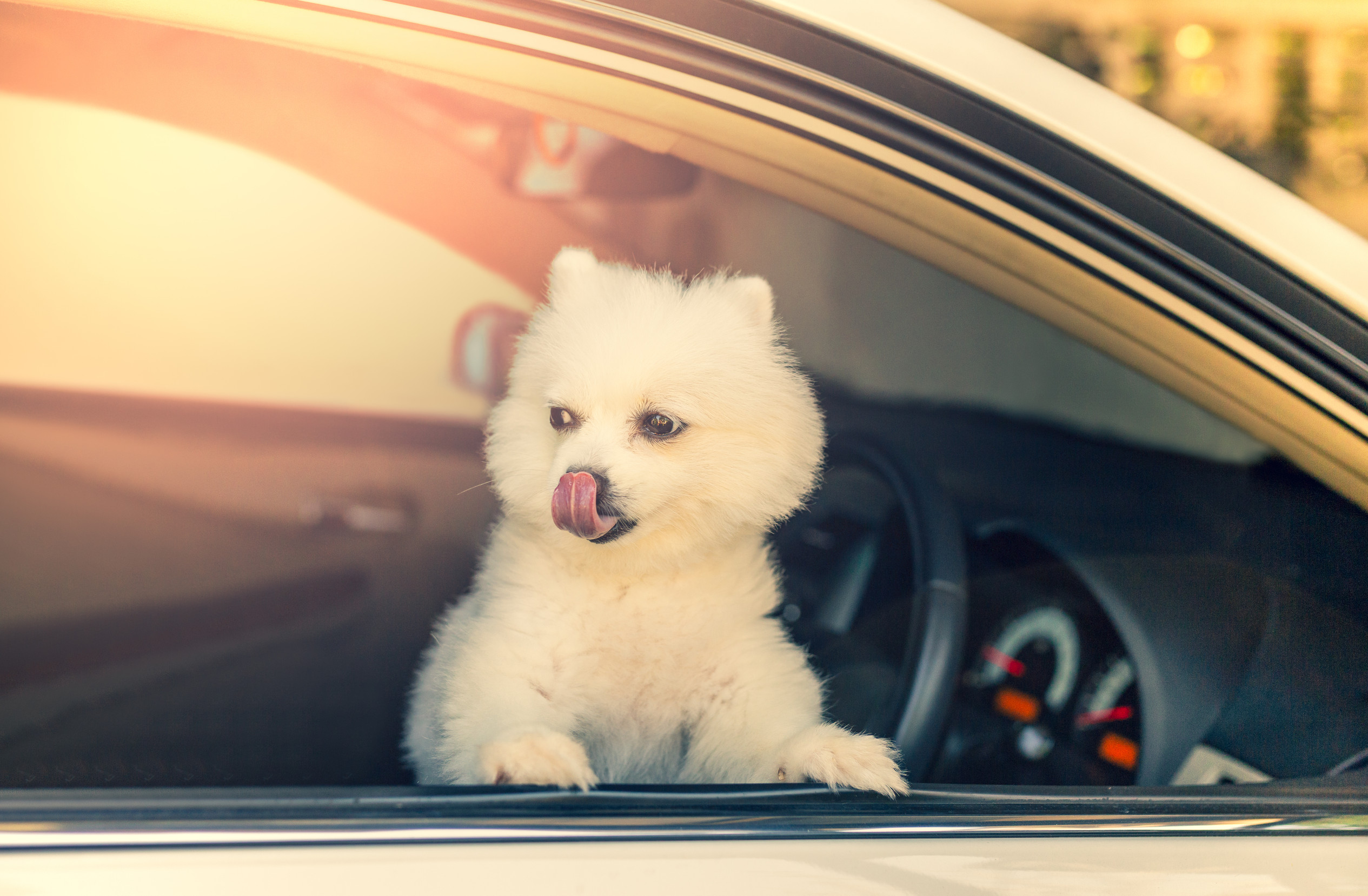There is no worse feeling as a pet owner than seeing your dog in pain and nothing is more painful and distressing for dogs than having a broken nail. Unfortunately, the natural habits of a dog can easily lead to nail damage and your dog can’t tell you when he’s suffering from the pain of a broken nail. As a responsible owner, it’s up to you to recognize the signs of a broken nail and to treat the nail properly to help ease your dog’s pain and keep him happy and healthy.
When Nails Break You Need to Act Fast
From running and playing to taking long walks on all sorts of surfaces, your dog’s nails can take a real beating on a regular basis. A broken nail is a common issue for dogs and taking care of their nails comes down to three basic steps: recognizing the signs of a broken nail, providing immediate first aid and ensuring they have proper follow-up care.
Since your dog can’t speak to you, you have to be aware of signs that he has a broken nail which is causing him pain. These can include limping, excessively licking the affected paw, bleeding, swelling and sensitivity. If your dog is favoring one paw, licking it and pulling away from you or whining when you try to examine it, that’s a good sign that something is wrong.
Once you’ve determined that they have a broken nail, you need to act quickly to help repair the damage and ease their pain. You’ll need to inspect the injury but try to remain calm since your dog can read your emotions and will sense your anxiety. Restrain them gently so that you can access the affected paw. Use a muzzle if necessary. It’s all about keeping both them and you safe.
If the nail is bleeding, use a styptic pencil, cornstarch or flour to stop the bleeding, then gently clean the area with warm water and a pet safe antiseptic lotion to prevent infection. If there is any part of the nail that is hanging loose, carefully trim it with a good pet nail clipper, making sure not to cut too close to the quick. If the damage and bleeding is severe, bandage the paw using a non-stick pad and a vet wrap, making sure not to wrap too tightly.
After initial treatment, provide follow-up care to ensure proper healing. Limit your dog’s activity to avoid any further damage and inspect the wound regularly for any signs of infection such as redness, swelling or pus. If you do notice any of these, consult your vet right away. Change the bandages regularly to keep everything clean and prevent infection and if your dog seems to be in pain, check with your vet about appropriate pain relief medication. If the wound doesn’t seem to be healing or is getting worse, take your dog to the vet for further treatment.
While it may not be possible to avoid accidents, there are steps you can take to help prevent injury. Keep your dog’s nails trimmed to avoid them getting caught or ripped and to allow him to walk normally. Always use a good quality nail clipper or grinder and learn the proper techniques for nail clipping. Make sure your dog has safe places to play that are free of any potential hazards and, most importantly, make sure they go to the vet regularly. Regular check-ups can help to keep on top of any potential health issues that can affect the nails.
A broken nail may not seem like a major issue but it can cause your dog a lot of distress and that’s something you never want to experience as an owner. Knowing how to protect your dog’s nails can help to keep them happy and healthy so you can enjoy your life together.

